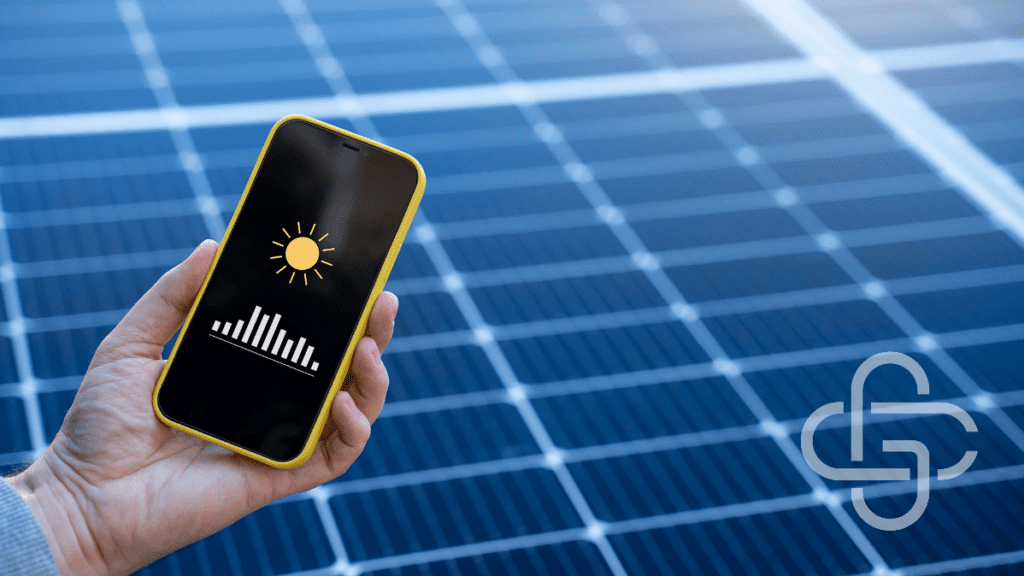Solar Energy Credit: Are You Leaving Money on the Table?

The Inflation Reduction Act of 2022 is studded with opportunities to reap federal tax credit benefits. Two of those credits, the Residential Clean Energy Credit and the Energy Investment Tax Credit can help Californians reduce their federal tax bills, make the most of the state’s abundant sunshine, and slash long-term energy costs.
California leads the nation in home solar power and benefits from an abundance of installers, which makes it easier to install solar at a competitive rate. However, solar installations can still cost $20,000 or more, which makes these new credits especially attractive.
To get started, Californians must understand a few basics.
What Qualifies for a Credit?
Individuals may qualify for a Residential Clean Energy Credit by installing one of these energy-reducing systems at home.
- Solar electric
- Solar water heating (limitation: credit cannot be claimed for equipment that is used to heat a swimming pool or hot tub)
- Fuel cell
- Small wind energy
- Geothermal heat pumps
- Biomass fuel property
- Qualified battery storage
Business owners must own the property on which they are installing energy-efficient systems. Those systems include:
- Solar energy
- Hybrid solar lighting
- Geothermal
- Qualified fuel cell
- Energy storage technology
- Qualified biogas
- Microgrid controllers
- Combined heat and power
- Waste energy recovery
If an individual or a business already has one or more of these systems in place — for example, if a home already has solar panels — the tax credit may be used against the cost to install more panels.
How Large Is the Credit?
The Inflation Reduction Act offers incentives for installing solar sooner rather than later; thus, the federal government has devised a timeline of decreasing credit opportunities. For individuals, the credit covers:
- 30 percent of the basis/cost of property placed in service from 2022-2032
- 26 percent in 2033
- 22 percent in 2034
For individuals, all solar items must be added to a property, and be in service, before Jan. 1, 2035, to qualify for the credit.
Business owners have a different timeline and credit rate. Businesses can receive a credit for 6 percent of the cost of the newly installed system, but they must have those systems installed and in service on a tighter timeline — by January 1, 2025. Business owners may still qualify for a credit if one or more of these systems were installed before 2022.
Can This Be Used to Offset More Than My Tax Liability?
No —this is a non-refundable credit that cannot be used to offset more than an individual or business tax liability. Any unused portion will be carried forward to the following year. The Grimbleby Coleman team can help you determine the best window of time to take advantage of this credit for maximum benefit.
Is This the Only Energy Credit Available Right Now?
No — in fact, those building, upgrading, or remodeling a home have a number of options. Families may claim up to $1,200 in credit per year for adding efficient windows, doors, and insulation. Electric system upgrades, such as replacing a traditional furnace with a heat pump, allow a credit for 30 percent of the cost of buying and installation. Learn more about additional resources here.
Construction businesses have access to a wide range of credits for building energy-efficient homes. For more specific information about how to qualify, visit the Energy Star site.
How Do I Ensure I Receive the Credit?
You will need to bring documentation to your next tax meeting, so be sure to save your receipts. Your accountant will need your invoice, including cost, manufacturer’s certification that a component meets energy-efficient requirements, installation date, and activation date. Our team will then file Form 5695 for individuals or Form 3468 for businesses.
Get In Touch
Grimbleby Coleman may also assist your household or your business with a cost-benefit analysis. To learn more about how you may qualify for energy tax credits and make the most of them, contact us to set up an appointment.